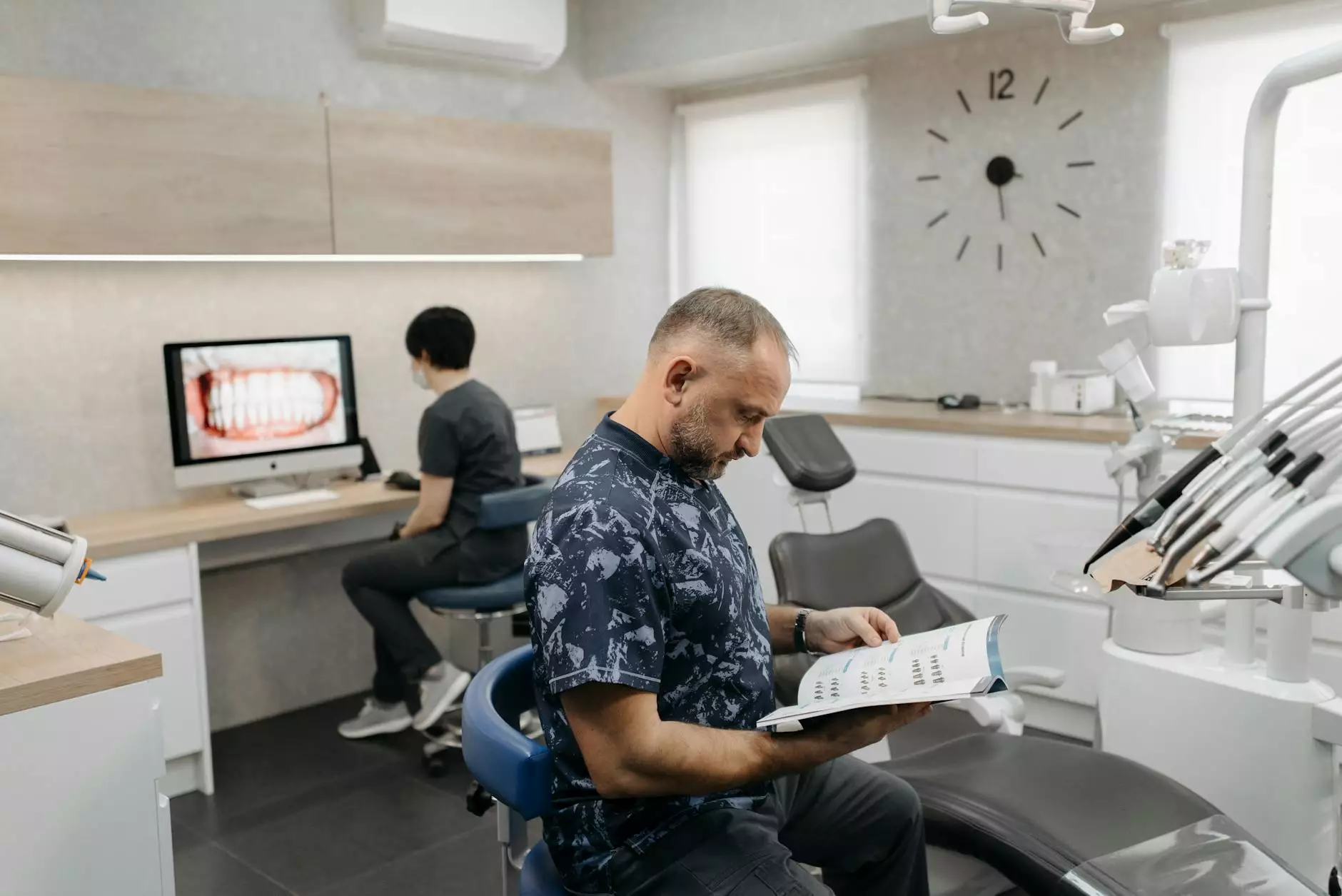The Comprehensive Guide to Dental Implant Placement Procedure

When considering tooth replacement options, the dental implant placement procedure stands out as one of the most effective and long-lasting solutions. This guide aims to provide you with a thorough understanding of the procedure, its benefits, and what to expect throughout the process.
What Are Dental Implants?
Dental implants are titanium posts that are surgically inserted into the jawbone. They serve as artificial tooth roots and are designed to support one or more artificial teeth, known as crowns. The dental implant placement procedure can significantly improve your oral health, enhance your smile, and restore your confidence.
Benefits of Dental Implants
- Improved Appearance: Dental implants look and feel like natural teeth, providing a seamless aesthetic transition.
- Enhanced Functionality: Patients can eat, speak, and chew more effectively compared to traditional dentures.
- Durability: With proper care, dental implants can last a lifetime, making them a worthwhile investment.
- Bone Health: Implants help stimulate the jawbone, preventing bone loss that typically occurs after tooth loss.
The Dental Implant Placement Procedure Explained
The dental implant placement procedure is a multi-step process that can take several months to complete, depending on individual circumstances. The main phases of the procedure include:
1. Initial Consultation
Before the procedure begins, a comprehensive consultation takes place. During this appointment, the dentist will:
- Conduct a thorough examination of your teeth and gums.
- Take X-rays to assess bone density and determine the best placement for the implants.
- Discuss your medical history to ensure you are a suitable candidate for the procedure.
- Explain the entire process, including timeframes and potential costs.
2. Treatment Planning
Following the consultation, a treatment plan will be formulated tailored to your specific needs. The plan may include additional procedures, such as bone grafting, if there’s inadequate bone density to support the implants.
3. Bone Grafting (if necessary)
If your jawbone requires reinforcement, a bone grafting procedure may be performed. This process involves:
- Harvesting bone from another part of your body or using synthetic materials.
- Placing the graft in the area where the implant will be situated.
- Allowing several months for the bone to heal and integrate properly.
4. Implant Placement Surgery
Once your jawbone is prepared, the main dental implant placement procedure can begin:
- Anesthesia: You will receive local anesthesia or sedation to ensure your comfort during the surgery.
- Incision: The dentist makes a small incision in the gum to expose the bone.
- Drilling: A precise hole is drilled into the jawbone to accommodate the titanium implant.
- Implant Insertion: The implant is carefully inserted into the bone.
- Closure: The gum tissue is sewn back together, covering the implant.
5. Healing Period and Osseointegration
After implant placement, a healing period of several weeks to months is necessary. During this time, a process called osseointegration occurs, where the bone integrates with the implant, providing stability and strength. Follow-up appointments are essential to monitor healing and make any necessary adjustments.
6. Abutment Placement
Once the implant has fully integrated with the bone, an abutment is attached to the implant. The abutment serves as a connector between the implant and the artificial tooth. This procedure is typically performed under local anesthesia and involves:
- Exposing the implant by making a small incision in the gum.
- Attaching the abutment to the implant.
- Closing the incision back up, if necessary.
- Allowing some time for the gums to heal around the abutment.
7. Artificial Tooth Placement
After the gums have healed, the final step is to create and place the artificial tooth (crown). The dentist will:
- Customization: Create a crown that matches the color, shape, and size of your natural teeth.
- Fitting: Place the crown onto the abutment and ensure a proper fit.
- Securing: Cement the crown in place or screw it onto the abutment, ensuring it is stable and functional.
Post-Operative Care and Maintenance
After the dental implant placement procedure, proper care is crucial for the longevity of the implants. Here are some essential tips:
- Oral Hygiene: Maintain excellent oral hygiene by brushing and flossing regularly, and use mouthwash to prevent infection.
- Regular Check-Ups: Schedule regular dental visits for professional cleanings and check-ups to monitor the health of your implants.
- Avoid Hard Foods: Initially, avoid hard foods that could strain the implant. Gradually reintroduce foods as healing progresses.
- Avoid Tobacco: Refrain from smoking or using tobacco products, as they can impede healing and negatively affect success rates.
Conclusion
The dental implant placement procedure is a transformative solution for those seeking to restore their smile and functionality. With advancements in dental technology and techniques, patients can expect a high success rate, longevity, and a remarkable improvement in their quality of life. If you are considering dental implants, consult with a professional at Kensington Dental Studio to learn more about how this procedure can benefit you.
Your Journey to a New Smile Starts Here
At Kensington Dental Studio, we prioritize your oral health and satisfaction. Our experienced team is dedicated to providing personalized care tailored to your needs. Sit down with our specialists today and discover how the dental implant placement procedure can be the right choice for you.









